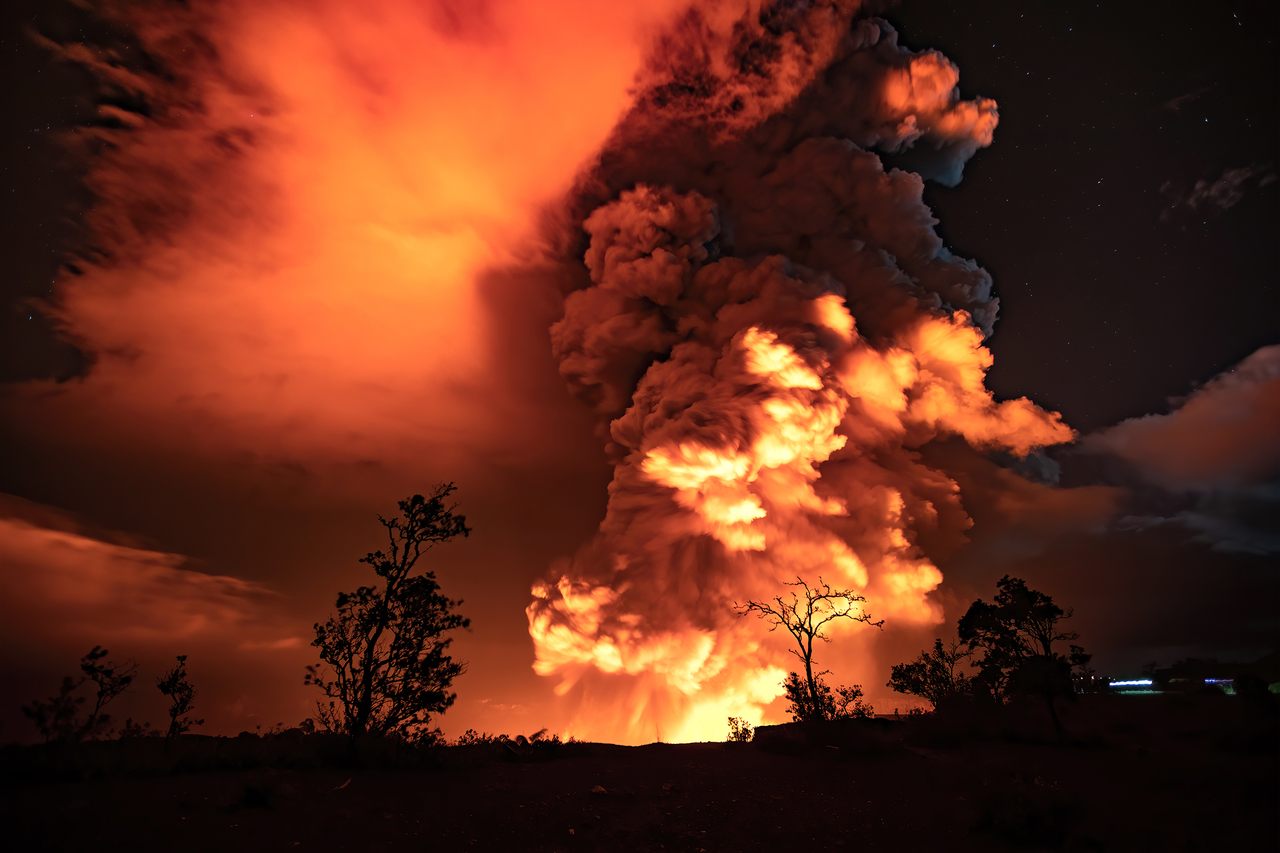How Indonesia’s Toba Volcano Changed Human Evolution
The massive supervolcano eruption 74,000 years ago has been blamed for nearly killing off our species. The emerging truth is much more interesting.
THEY NEVER SAW IT COMING. For the small bands of hunter-gatherers across Africa and Eurasia, the day was like any other. Some tracked great herds of migrating animals across expansive grasslands; others moved through dense rainforests, or along the banks of turgid rivers and ephemeral streambeds. Survival—finding food and water, avoiding predators, strengthening the small group’s social bonds—was the order of the day.
Thousands of miles away, an extraordinary event was about to take place: a cataclysm that would make the entire planet shudder. It would also change the story of our species. The question is, how?
About 74,000 years ago on Sumatra, the Toba supervolcano erupted on a scale that is difficult to comprehend. It was the most powerful eruption of the last 2.5 million years; by volume, it was more than 215 times larger than the 20th century’s biggest boom, the Novarupta event in Alaska, and more than 11,000 times the size of the 1980 Mount St. Helens eruption. It dwarfed even the three largest known eruptions of the Yellowstone supervolcano.
In the late 20th century, researchers began trying to reconstruct what happened after Toba blew. According to those early models, inches-thick blankets of ash smothered much of the Indian subcontinent and choked the seas from the Arabian to Chinese coasts. Global air currents swept a haze of sulfur and ash particles across oceans and continents, wreaking climate havoc…
…click on the above link to read the rest of the article…
